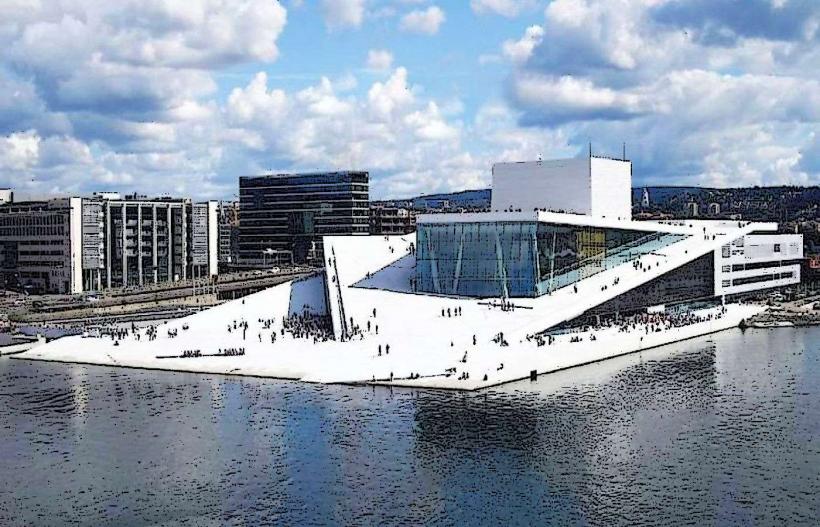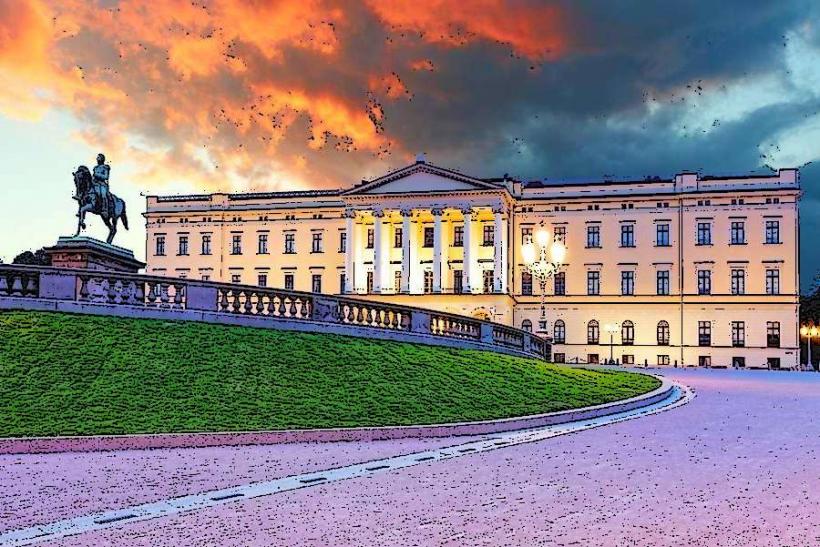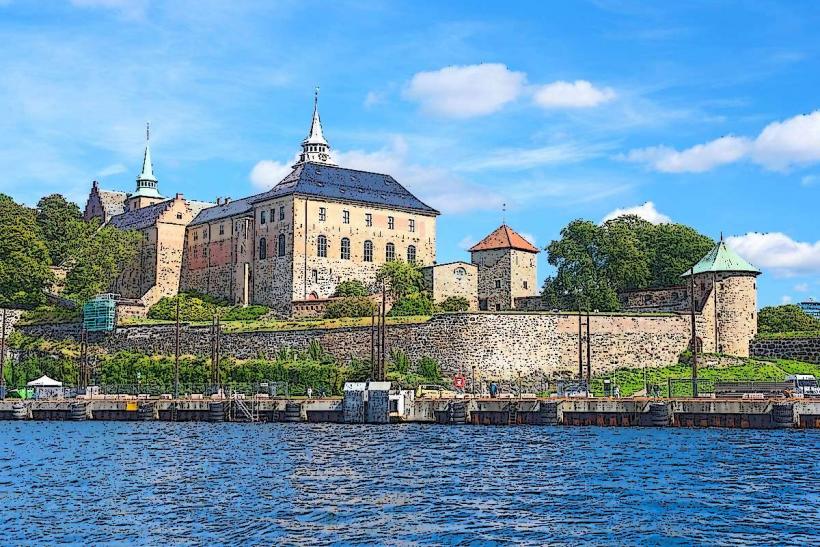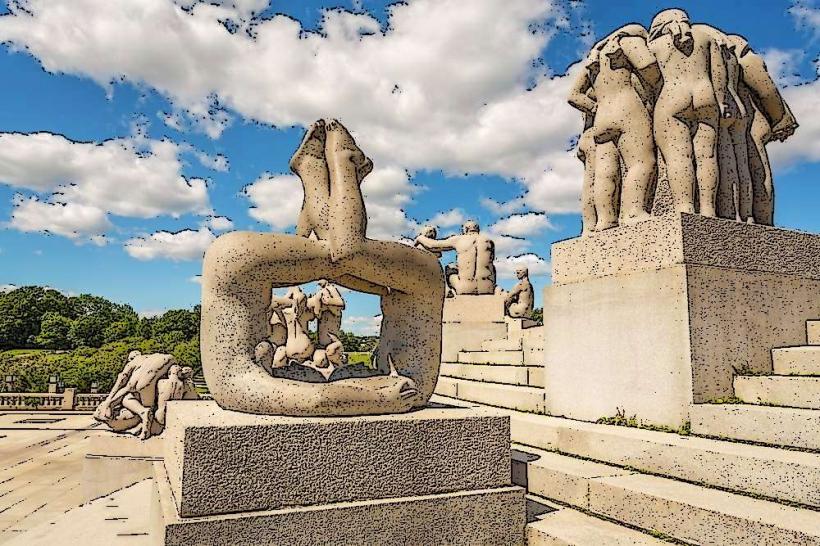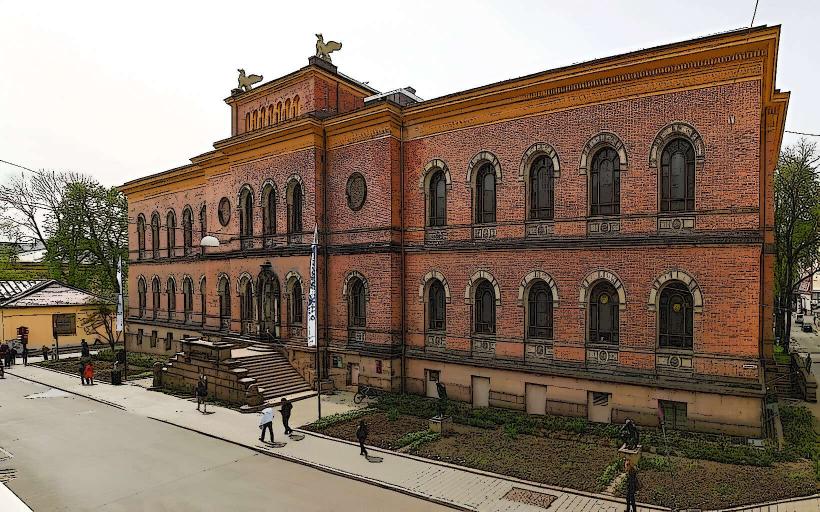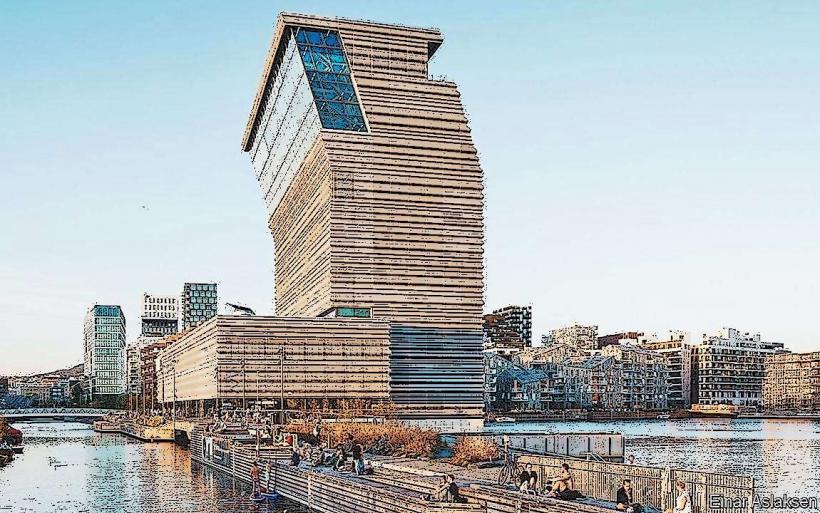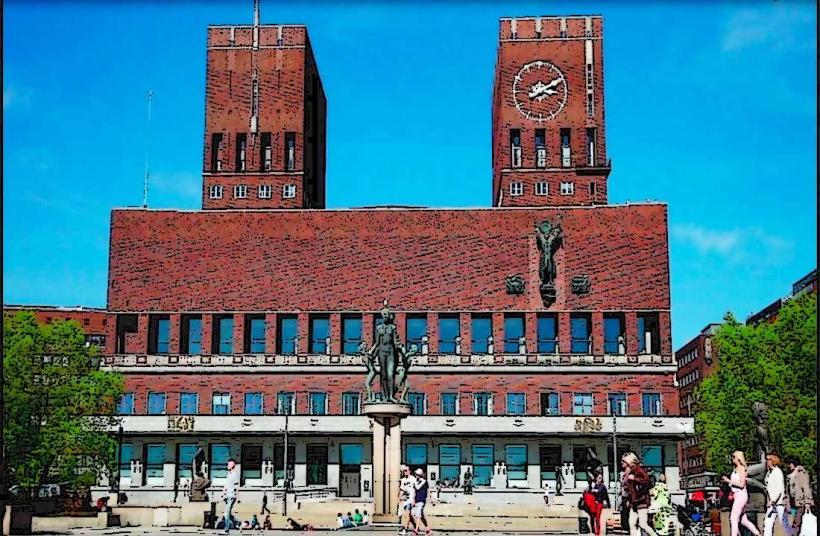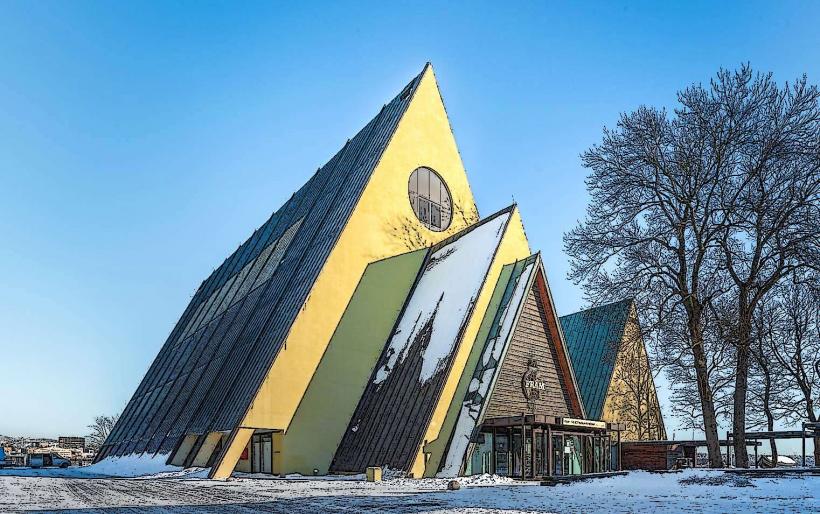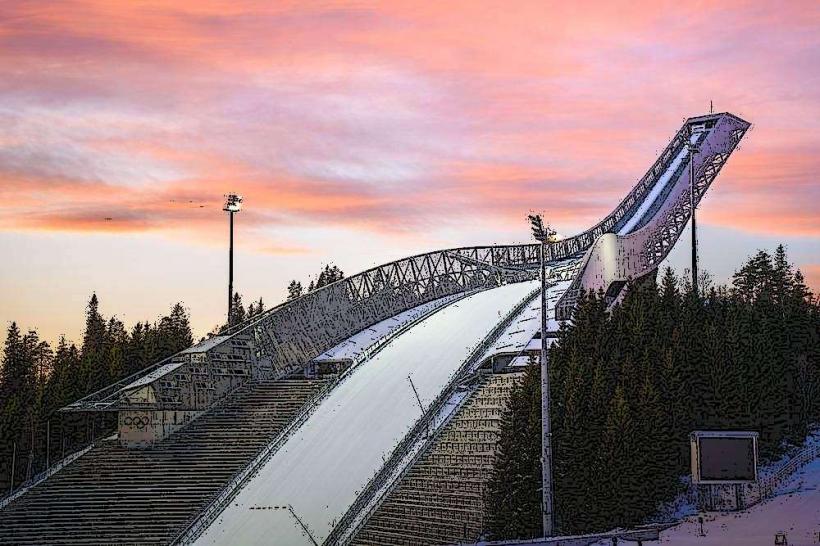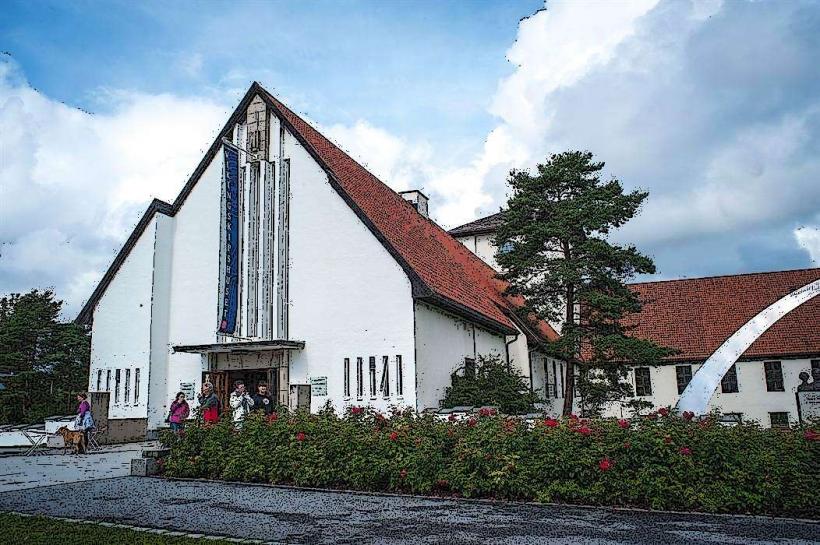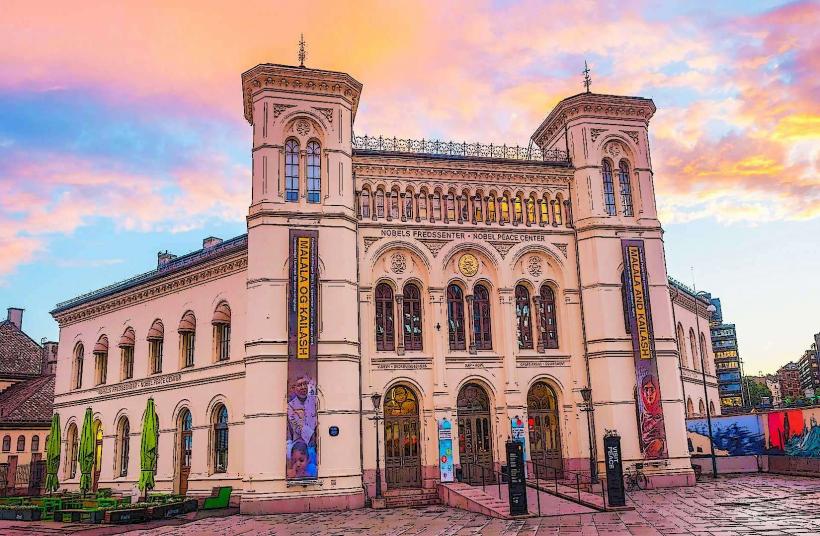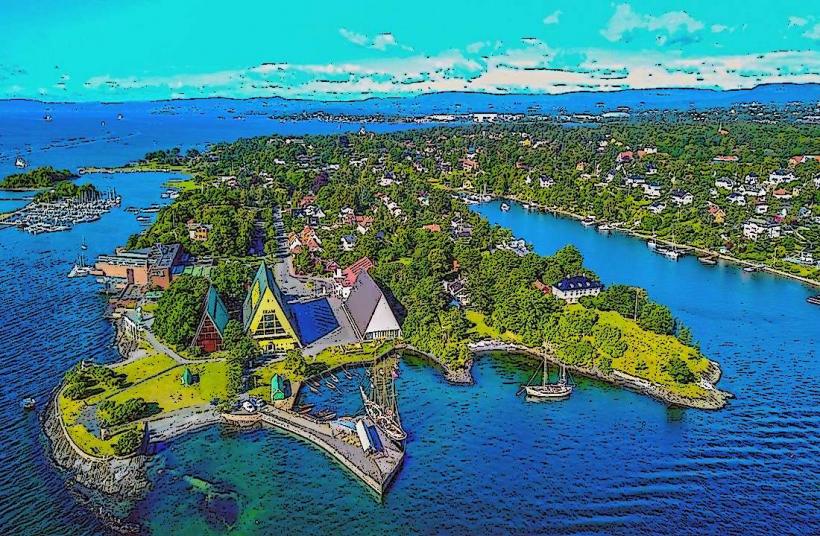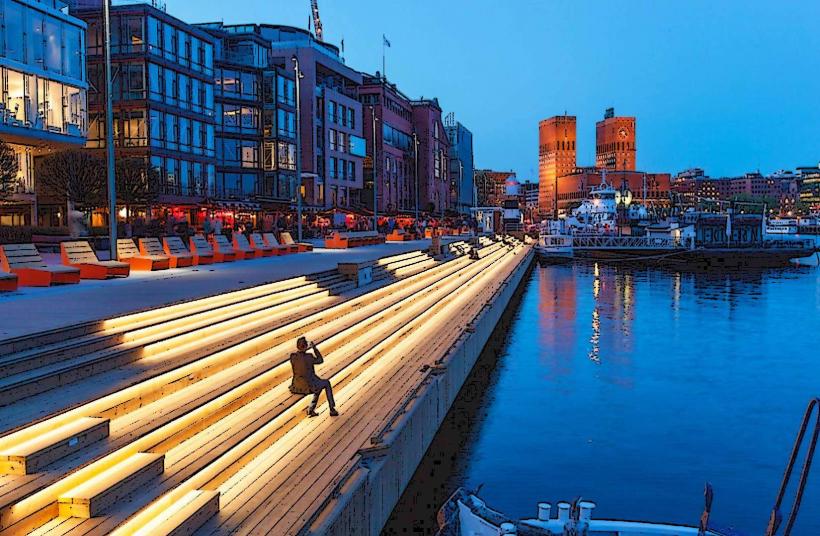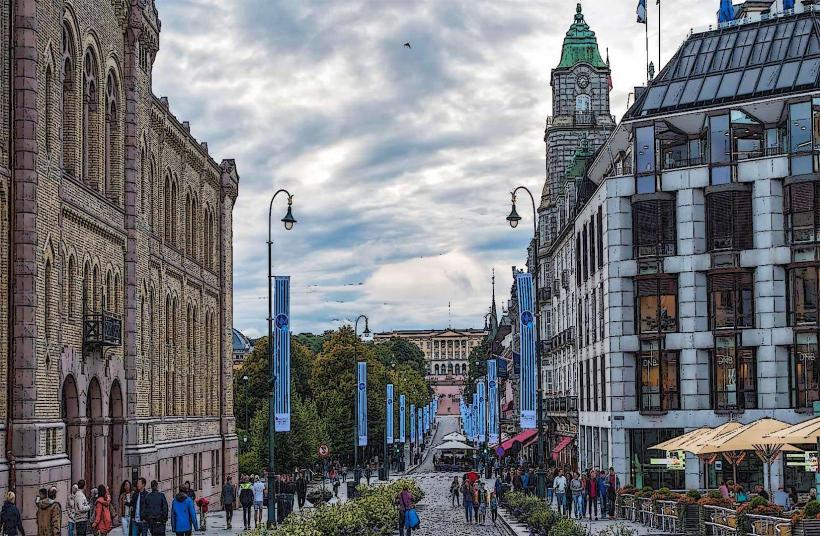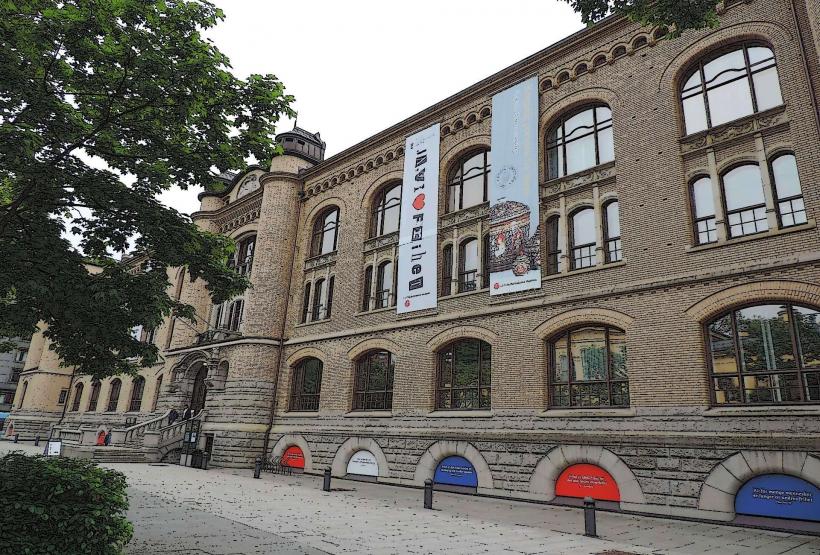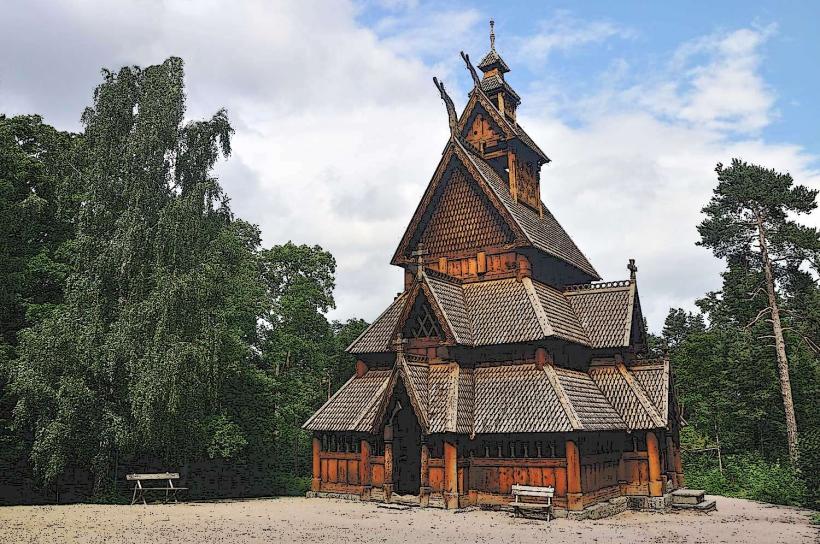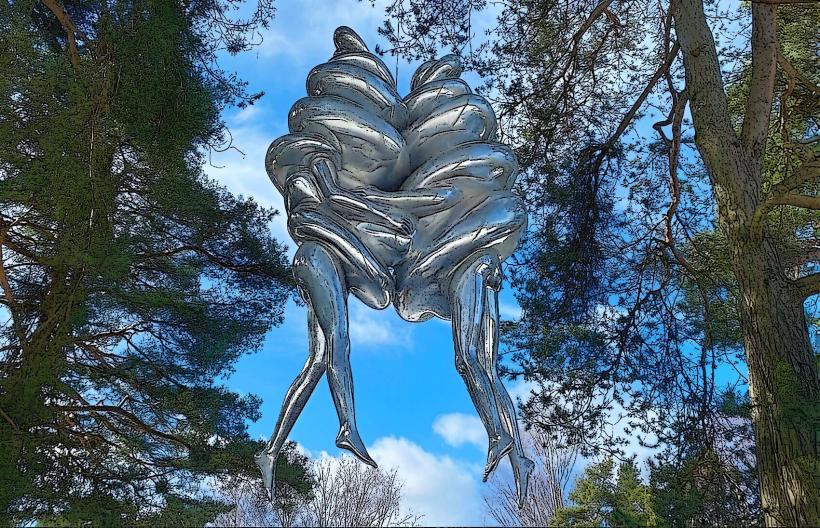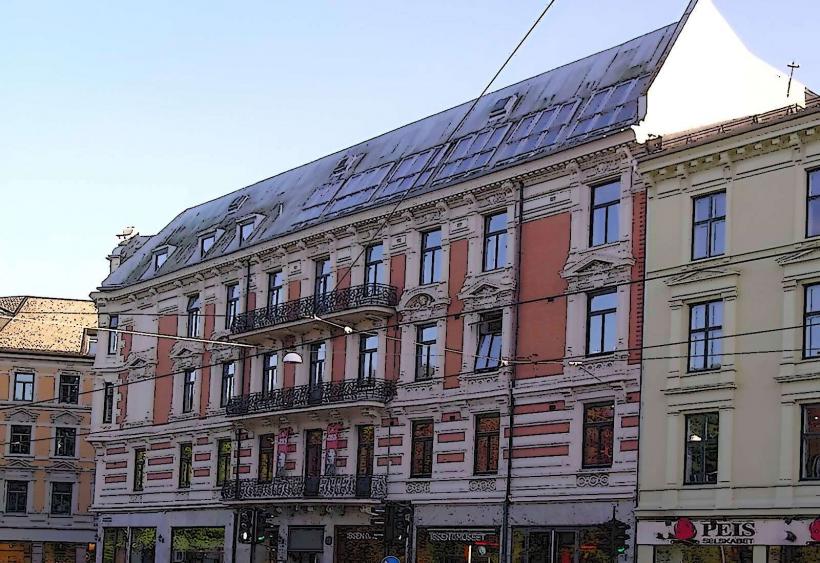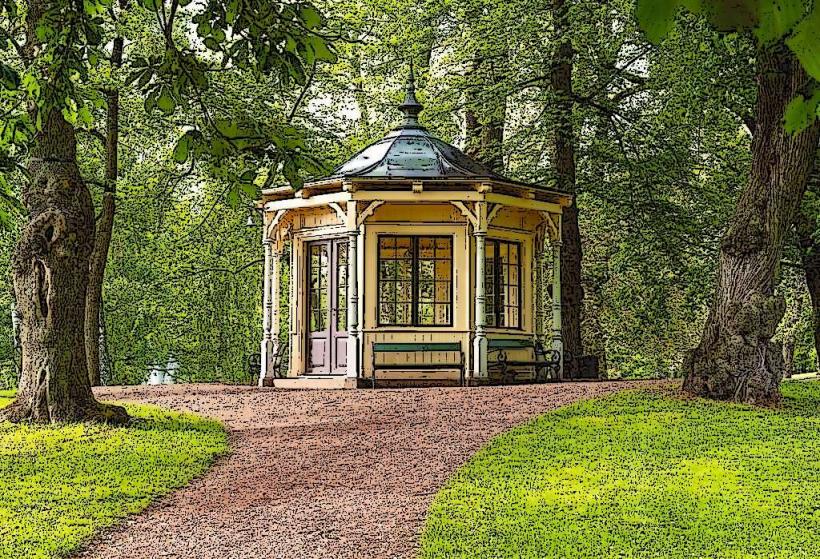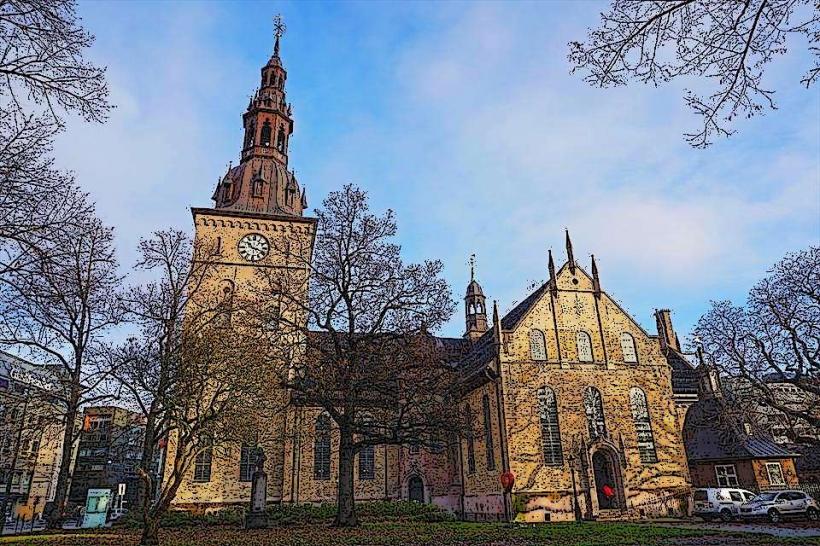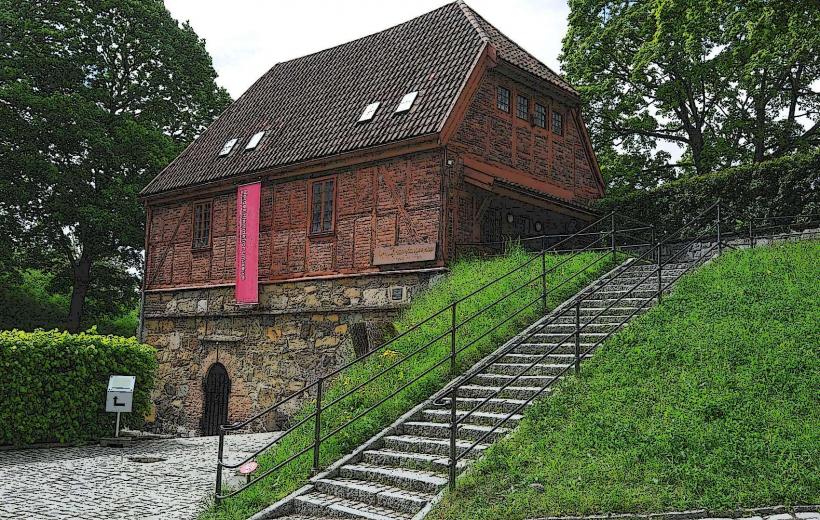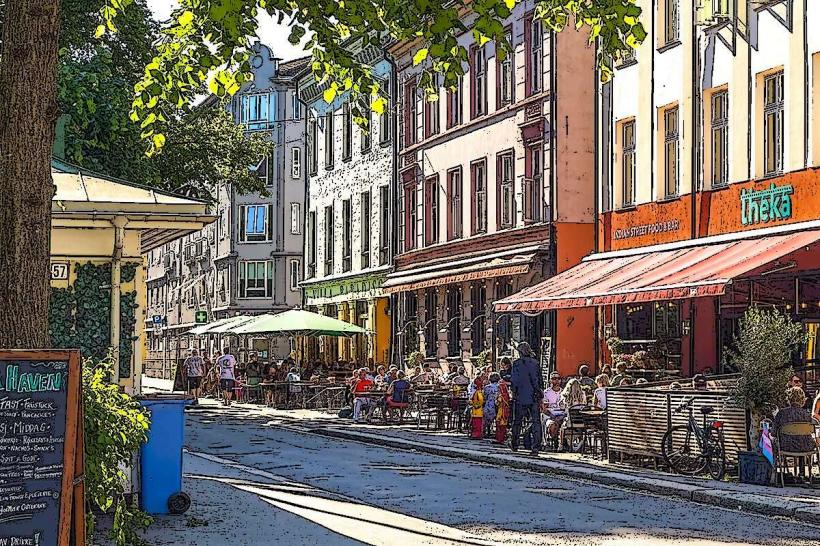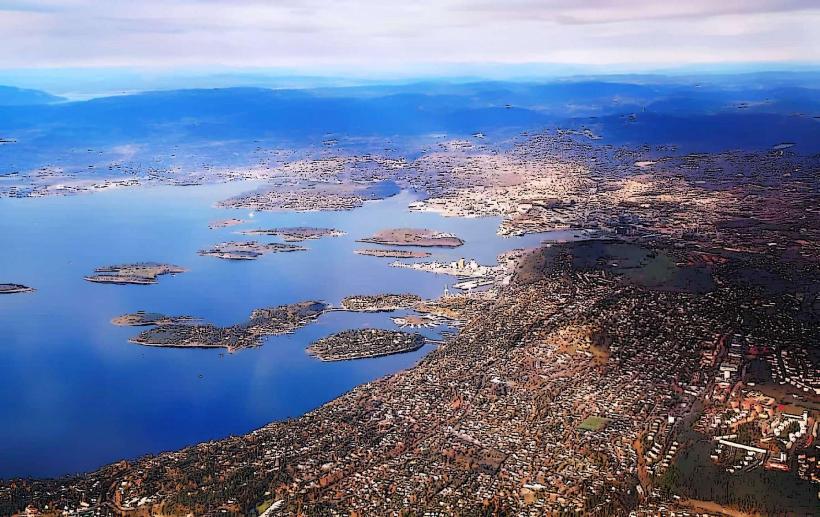Information
Landmark: National Museum of ArtCity: Oslo
Country: Norway
Continent: Europe
The National Museum of Art, Architecture, and Design (Nasjonalmuseet in Norwegian) in Oslo is the largest and most comprehensive art museum in Norway. It brings together an impressive collection of art, architecture, and design, showcasing Norway's cultural heritage and its connections to international artistic movements. The museum is the result of a merger between several institutions, including the National Gallery, the Museum of Decorative Arts and Design, the Museum of Architecture, and the Norwegian Museum of Contemporary Art.
The museum's diverse collections span from classical to contemporary art and explore various facets of Norwegian and global art history.
History and Background
- Founded: The museum traces its origins back to the mid-19th century, with earlier forms established in 1837 and 1860. It evolved through multiple expansions and mergers over time, culminating in the National Museum’s current form in 2022.
- New Building: The museum’s collection was moved into a new, modern building in 2022, designed by the architectural firm Kengo Kuma & Associates. Located along the Oslo waterfront near Aker Brygge, this new museum space houses a vast collection of works from across art history, architecture, and design.
Key Collections and Exhibitions
Art Collection:
- The museum boasts a comprehensive art collection spanning several centuries and various artistic movements. It includes a wide array of paintings, sculptures, and decorative arts from the Renaissance to the modern era.
- The collection includes works by famous artists such as Edvard Munch, Peder Balke, Harald Sohlberg, and Hans Gude, among others. Munch’s iconic The Scream is one of the most famous works associated with Norwegian art, and the museum displays several of his works.
Norwegian Art:
- The National Museum’s collection of Norwegian art is one of the largest and most important in the world. It offers a deep exploration of Norwegian artists' contributions to Romanticism, Realism, Modernism, and other movements, with an emphasis on works that reflect the Norwegian landscape and national identity.
Architecture and Design:
- The architecture collection explores Norwegian architectural history, from wooden churches to modern Norwegian design, and includes several examples of Scandinavian design traditions. Notable exhibits include models, drawings, and photographs of key Norwegian buildings and structures.
- The design collection features works from renowned Norwegian designers, including Georg Jensen and Henning Koppel, and showcases Scandinavian furniture, textiles, and industrial design that helped define the region’s reputation for minimalist, functional beauty.
Contemporary Art:
- The museum also houses an extensive collection of contemporary art, with works from Norwegian and international artists who have shaped modern and postmodern artistic landscapes. Exhibitions focus on exploring contemporary issues, social themes, and new media.
Temporary Exhibitions:
- In addition to its permanent collections, the museum regularly hosts temporary exhibitions that focus on specific artists, themes, or movements. These rotating exhibitions allow visitors to experience a wide range of artistic forms and styles, from avant-garde pieces to more classical presentations.
Key Features and Architecture
Modern Building: The museum's new building is a significant architectural landmark in Oslo. Designed by Kengo Kuma, the building incorporates elements of wood and glass, blending contemporary design with natural elements that connect with Norway's architectural heritage.
Interior Design: Inside, the space is designed to allow for flexible exhibitions. The museum has vast, open galleries that can accommodate a wide range of works, including large-scale installations and sculptures, as well as more intimate art forms like painting and photography.
The Roof Terrace: One of the standout features of the museum is its rooftop terrace, which offers stunning views over the Oslofjord, the city center, and the surrounding areas. It is a perfect spot to relax and take in Oslo’s vibrant skyline.
Visitor Experience
Accessibility: The National Museum is centrally located in Oslo, making it easily accessible by foot from popular areas like Aker Brygge, Karl Johans Gate, and Oslo S Central Station. It is also well-served by public transport, including trams and buses.
Family-Friendly: The museum offers family-friendly activities and exhibits, including interactive elements for children to engage with art and design in a playful and educational manner. The museum often organizes workshops, guided tours, and special events aimed at younger audiences.
Educational Programs: The National Museum offers a range of educational programs, including lectures, seminars, and guided tours. It is a valuable resource for students and those interested in learning more about the cultural and historical significance of art, design, and architecture.
Museum Shop: The museum’s gift shop offers a range of art-related products, books, and design items, allowing visitors to take home a piece of the museum's artistic and cultural offerings.
Conclusion
The National Museum of Art, Architecture, and Design is a must-visit destination for anyone interested in exploring the rich artistic and cultural history of Norway, as well as its connections to global art movements. Its collections span centuries of creativity, showcasing everything from classical Norwegian painting to cutting-edge contemporary art and design. The new building and its exceptional layout make it a central hub for art lovers, tourists, and locals alike, offering a dynamic and engaging experience for all who visit. Whether you're drawn to the works of Edvard Munch, fascinated by Norwegian architecture, or inspired by contemporary design, the National Museum has something for everyone.

